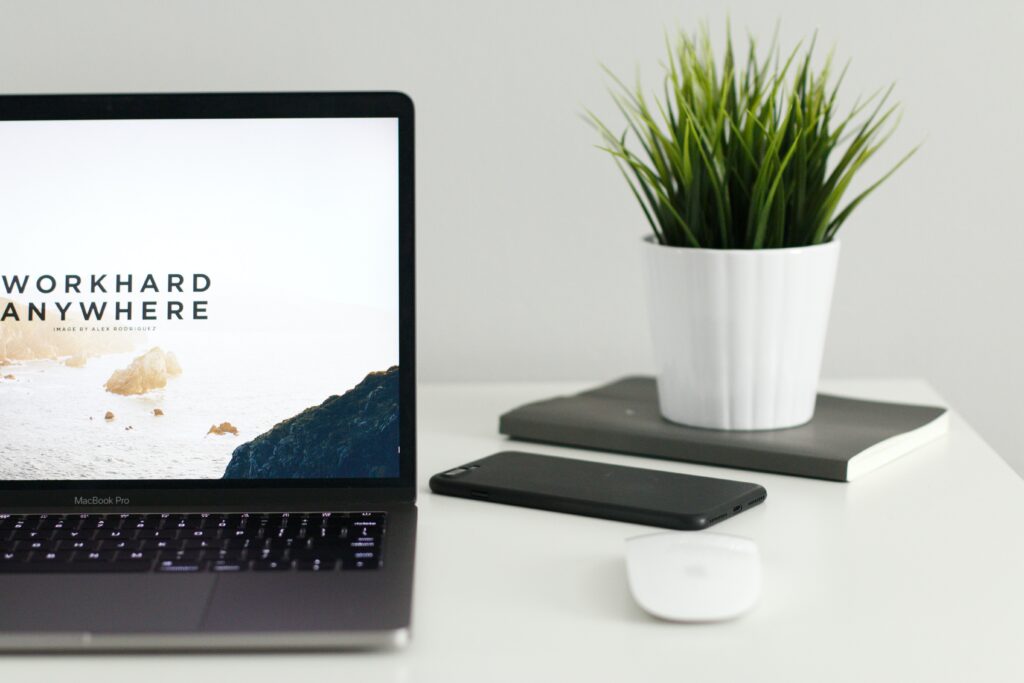The workplace landscape has undergone a radical transformation in recent years, with remote work becoming more prevalent than ever before. This shift was significantly accelerated by global events such as the covid-19 pandemic that challenged traditional work setups. As organizations adapt to this new paradigm, it’s crucial to recognize that supporting remote employees is not about micromanaging them, but rather about fostering an environment of trust, autonomy, and collaboration. Design thinking, a human-centered approach to problem-solving, offers a powerful framework for achieving these goals.
Understanding Remote Work Realities
In the wake of the covid-19 pandemic, remote work has only continued to grow in popularity, and it’s safe to say that it’s here to stay. In 2022, a survey conducted by McKinsey & Co. revealed that of the Americans with the option to work from home, a whopping 87 percent took the opportunity to do so. At the time of this survey, 58 percent of employed Americans (approximately 92 million people) had some opportunity to work flexibly, and the numbers have only gone up. Remote work offers a host of benefits, from increased flexibility to access to a broader talent pool. However, it also presents unique challenges, such as potential feelings of isolation, difficulties in communication, and the potential for micromanagement. In a remote setting, the absence of physical presence can sometimes lead managers to overcompensate by closely monitoring employees, inadvertently stifling creativity and productivity.
Enter Design Thinking
Design thinking is a problem-solving methodology that revolves around empathy, collaboration, and iterative prototyping. It provides a structured yet flexible approach to addressing complex issues by putting the user at the center of the solution. This approach can be seamlessly adapted to supporting remote employees without micromanaging them.
Empathy as the Foundation:
Empathy is the cornerstone of design thinking. Supporting remote employees can be as simple as making an effort to understand their needs, challenges, and aspirations. Without in person meetings, it can be easy to feel disconnected from remote workers. Regular engagement in open and honest conversations with team members, and using resources like video calling, not just for work-related discussions, but also for casual catch-ups, encourages a greater understanding of their emotional well-being and promotes a sense of mutual connection.
Define the Challenge:
In the context of remote work, the challenge might be creating an environment that nurtures productivity and creativity without resorting to micromanagement. Define this challenge clearly, and involve your team in the process. Encourage them to share their perspectives on what autonomy means to them and how they envision maintaining a healthy work-life balance.
Ideation for Autonomy:
Design thinking encourages brainstorming and ideation to generate a range of solutions. When it comes to remote work support, involving your team in co-creating strategies that promote autonomy might involve establishing flexible work hours, providing resources for skill development, or setting up virtual collaboration spaces where team members can share ideas and insights freely.
Prototyping Freedom:
Just as design thinking encourages prototyping tangible solutions, consider creating a prototype for remote work autonomy. Test out your ideas in collaboration with your team, and be willing to iterate based on their feedback. For instance, if you’re implementing a flexible work hours policy, start with a trial period and gather input to fine-tune the approach.
Collaboration and Feedback:
Open collaboration is a core principle of design thinking. Apply this to your remote team by fostering an environment where ideas are freely exchanged and feedback is encouraged. Regular check-ins can be transformed into creative sessions where team members discuss their projects, share challenges, and offer solutions collectively.
Celebrate Autonomy and Results:
In a design thinking process, successes are celebrated and failures are seen as learning opportunities. Similarly, when supporting remote employees, celebrate instances of autonomy-driven achievements. Highlight projects that showcase self-direction and innovation. This not only boosts individual morale but also sets a precedent for others to follow suit.
Continuous Evolution:
Design thinking is not a one-time fix; it’s an ongoing process of evolution. As you implement strategies to support remote employees without micromanaging, regularly revisit the process. Seek feedback, analyze outcomes, and adapt your approach as the dynamics of remote work evolve.
The Benefits of Embracing Design Thinking for Remote Work
By embracing design thinking principles, we can create work environments that empower remote employees while minimizing micromanagement. This approach fosters several key benefits, such as enhanced autonomy, strengthened collaboration, and adaptability. When employers are able to shift the focus from control to empowerment, remote employees gain a sense of ownership over their work and schedules, leading to increased job satisfaction, open communication, and creative innovation.
In a world where remote work is no longer an exception but a norm, supporting remote employees without micromanaging them is an essential skill for leaders. Design thinking offers a holistic framework that aligns perfectly with this goal. By nurturing empathy, co-creating solutions, and celebrating autonomy, organizations can cultivate a thriving remote workforce that contributes to innovation, collaboration, and business success.
To learn more about the benefits of design thinking, check out our upcoming course selections, or contact us for more details.
